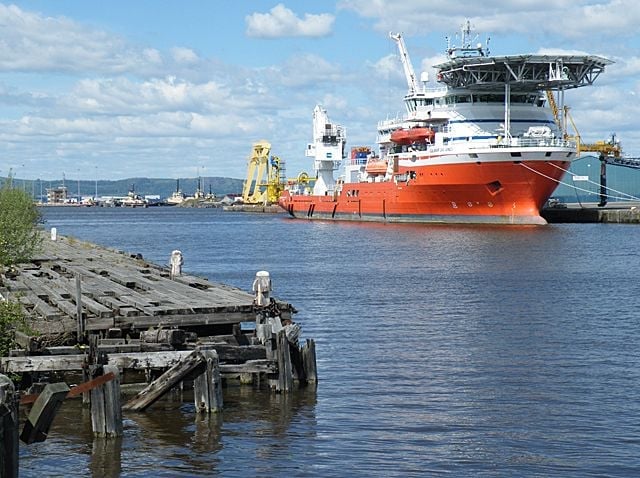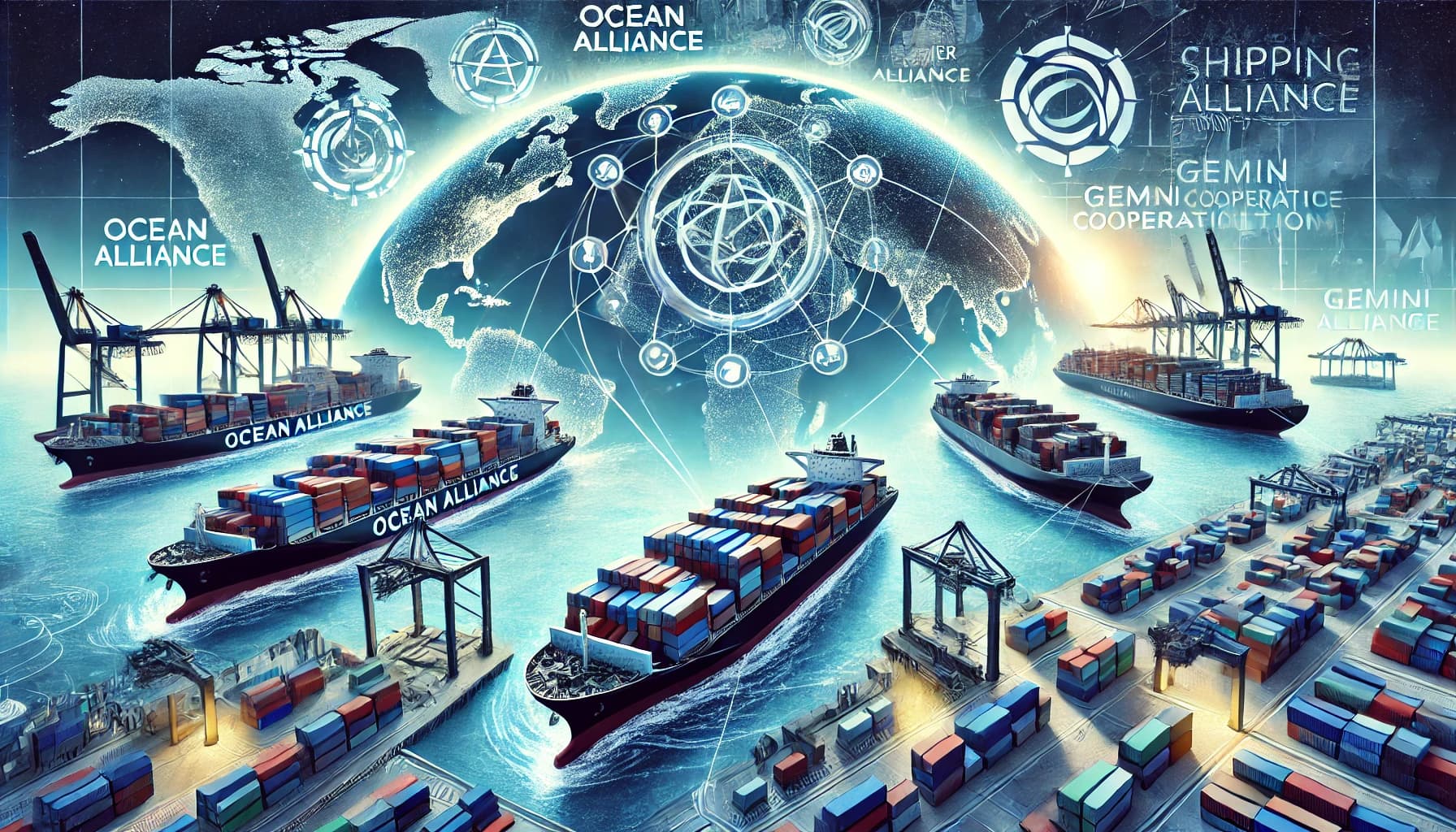To the uninitiated, it might come as a surprise to find out that the merchant fleet (also called the merchant navy or merchant marines, depending on where in the world you are) doesn’t just consist of cargo and container ships, oil tankers, offshore vessels and bulk carriers. A merchant ship is any type of vessel that works for a living - for example, a fishing trawler, a cruise ship, a pilot boat, an LNG or LPG tanker or a gas carrier.
In this post we’re going to be taking a look at one of the lesser known merchant ships: The mining vessel.
So if you’ve ever sat down and Googled “what is a mining ship” or “what is a mining vessel” you’re in luck!
Read more: Everything You Need to Know About Lightships
What are mining ships and what do they do?
As the name suggests, a mining ship or vessel is a watercraft that has been designed and built - or even in some cases, converted - so that it can be used in marine mining operations.
Read more: Everything You Need to Know About Tugboats
All well and good. But what exactly is marine mining?
Marine mining refers to the mining, extraction, production and handling of mined products. It also plays a role in underwater and marine exploration.
As you might imagine, marine mining is not a particularly easy process to undertake and vessels must be equipped with the correct equipment and technologies that enable them to mine deep into the ocean’s floor.
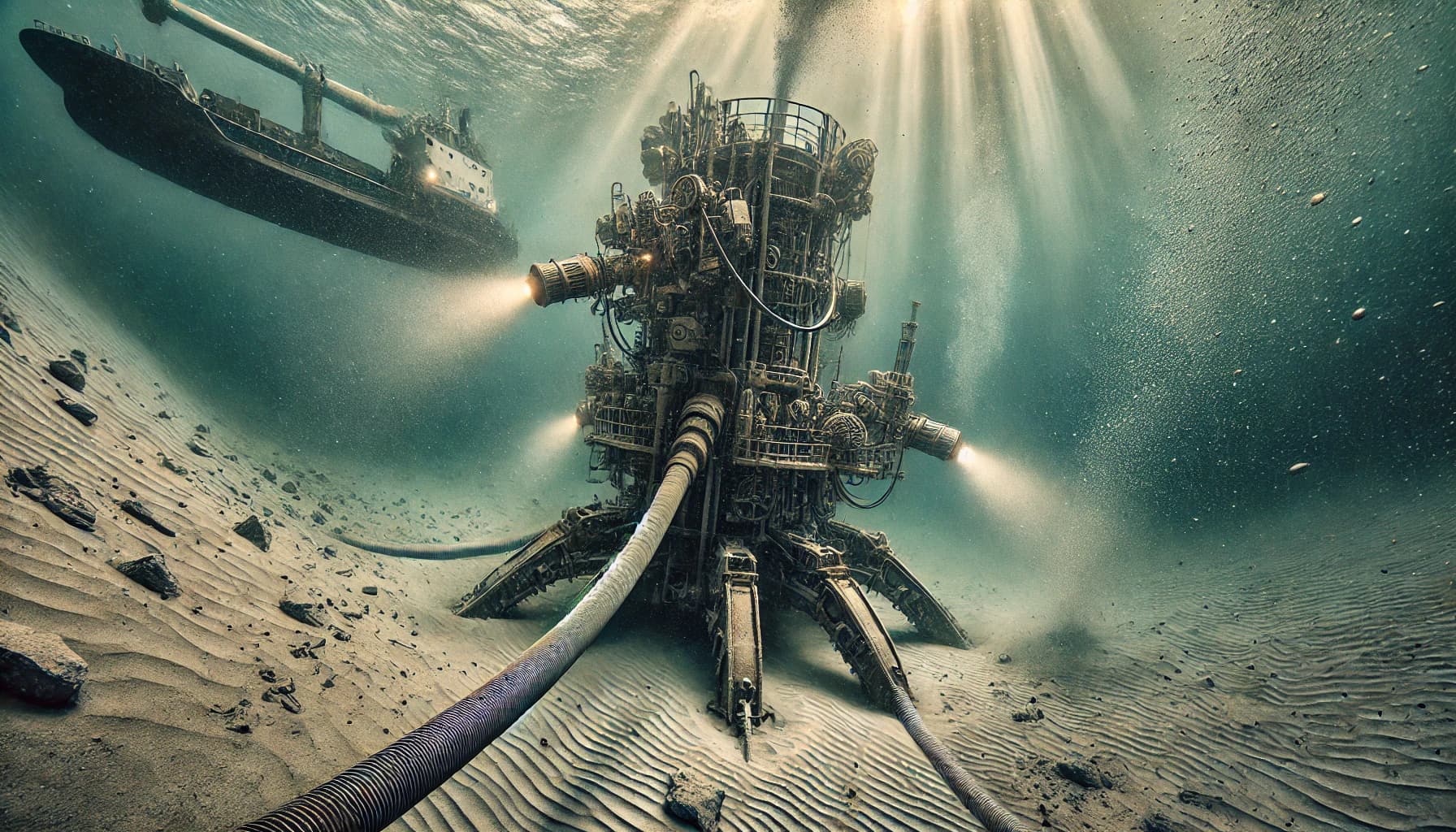
Read more: Everything You Need to Know About Heavy Lift Vessels
Mining ships need to be able to carry out their operations regardless of potentially unpredictable or adverse weather conditions.
So how do mining vessels actually do the job they’ve been designed to do?
Technology onboard a mining ship
A modern mining ship will be kitted out with the current latest technology - both to facilitate the mining operations as well as the other types of marine technology used by much of the merchant fleet such as vessel tracking, positioning systems, ECDIS, automatic identification systems (AIS) and other such aids to navigation.
How do marine mining vessels work?
Mining vessels fall roughly into one of two categories.
Some vessels mine their products by being positioned directly above the site of excavation while the other type will carry out mining operations at a short distance from the site with the mined materials being transported via pipework.
Read more: Everything You Need to Know About Chemical Tankers
Similar to how a dredger works, a mining ship will either use hydraulic suction pumps or a bucket system to remove excavated materials and bring them to the surface so that they can then be processed.
The bucket system - also called the CLB or continuous-line bucket system - is actually the preferred method for most mining companies. The vessel (or a mining platform) utilizes a conveyor belt type system which runs from the sea bed to the ocean’s surface.
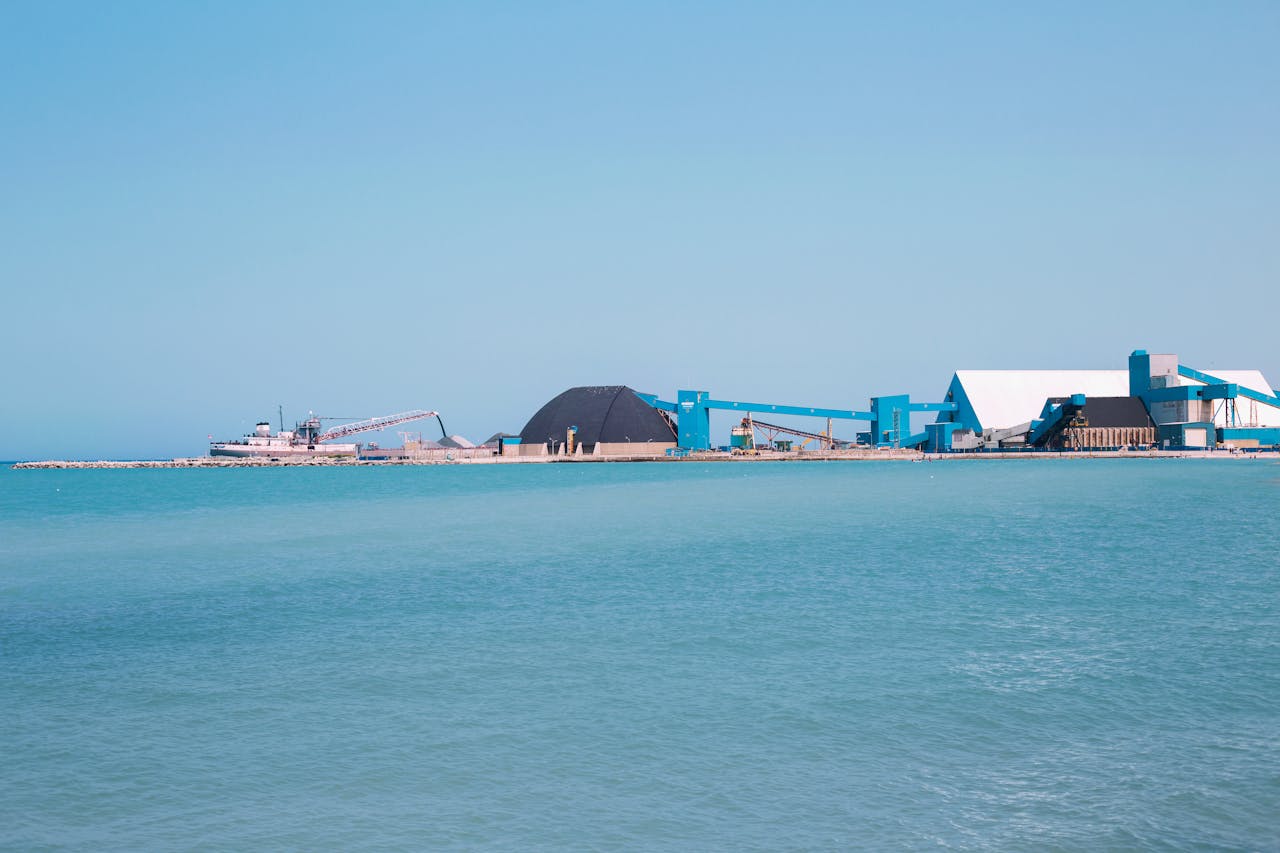
The metals or minerals are then extracted and any undesired product (the tailings) are returned to the ocean.
Read more: Everything You Need to Know About Cable Laying Ships
The hydraulic suction pump method involves lowering a pipe to the ocean’s floor which sucks the materials up to the vessel.
A different pipe running out of the mining ship down to the seafloor returns the tailings back to the ocean.
Mining ships are not the longest of vessels - unlike the world’s current longest container ship, the Evergreen Ever Alot which measures an incredible 400 meters in length, mining vessels are more likely to fall into the 90 to 150 meters range.
Read more: Everything You Need to Know About Car Carrier Ships
Unlike container ships which are usually designed to travel at speeds of around 24 knots, mining vessels are considerably slower with their speed normally running at a maximum of approximately 11 knots.
The reason for this is that being able to get from A to B quickly is not really a top priority for mining vessels:
It’s about how they perform once they arrive at their site. This means that stability of build is more important than speed.
What do mining vessels excavate
Mining ships excavate a surprising amount of metals and minerals from the ocean floor and the deep sea mining industry is an extremely profitable one.
Among the raw materials found in various forms are metals such as silver, gold, copper, zinc and tin as well as diamonds and minerals and chemical elements such as ilmenite, manganese and cobalt.
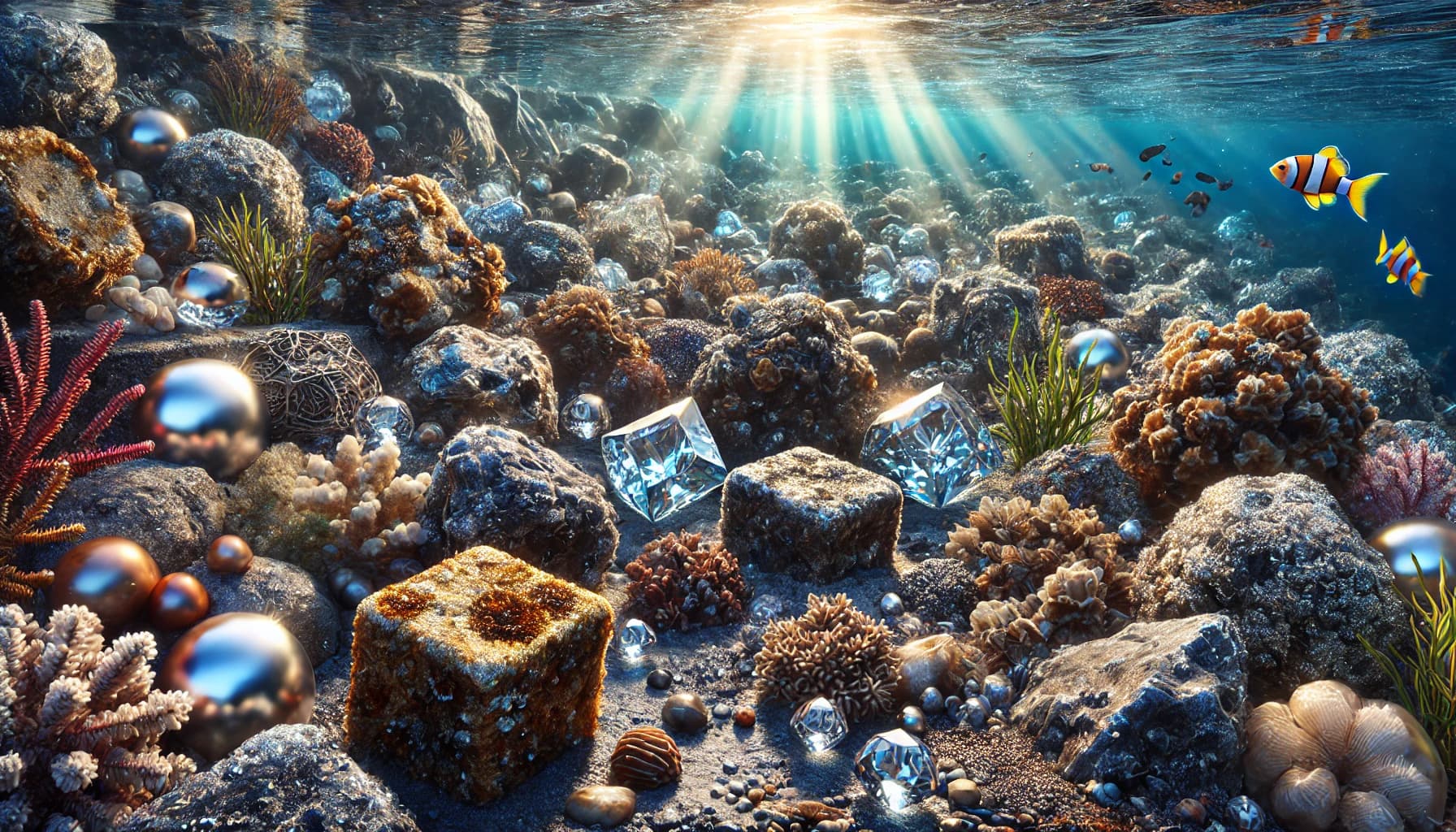
Sand, mud and silt are also mined for as these are used in construction with the majority of marine mining taking place in coastal waters which are more shallow, meaning that the products to be mined are more easily accessible.
Read more: Everything You Need to Know About Fireboats
Does marine mining harm the environment?
Mining in general has long been a contentious topic with regards to its impact on the environment and deep sea or marine mining is no different.
A growing number of campaigners, Greenpeace being one of the most prominent, are raising concerns about marine mining and increasingly questions are being asked about whether or not the practice of mining should be allowed in the world’s oceans.
Although new technologies such as Artificial Intelligence and robotics are being touted as an answer to minimizing environmental damage in the future, the risk of damaging marine ecosystems is still very real.
Those against deep sea mining argue that these fragile ecosystems, as well as island and coastal human populations are at potentially irreversible risk of damage, erosion and pollution by the heavy metal-laden plumes that marine mining creates.
Read more: Everything You Need to Know About Crane Vessels
Currently, mining ships can only operate in permitted locations, although the battle between anti-deep sea mining campaigners who would like to see a total ban on the practice and the corporations who profit from marine mining rages on.
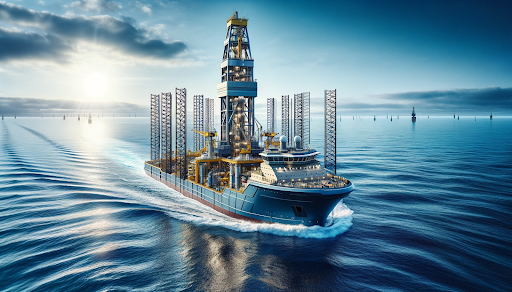
Want to find out more about some other types of vessels?
This blog post is just one on a number of different guides we’ve written to different types of boats and ships so if you’ve ever wondered what a ro-ro ship is, what feeder vessels do, what is classified as a supramax vessel, or how icebreaker ships work, we’ve got you covered - and then some!
And don’t forget to download our seafarer job app for iOS or Android from the Apple App Store or from Google Play either!
Read the previous article in this series: Everything You Need to Know About Ferries
Read the next article in this series: Everything You Need to Know About Coaster Vessels

Eve Church
Eve is Martide's content writer, publishing regular posts on everything from our maritime recruitment and crew planning software to life at sea. Eve has been writing professionally for more than two decades, crafting everything from SEO-focused blog posts and website landing pages to magazine articles and corporate whitepapers.
UK

is the only site for maritime jobs

